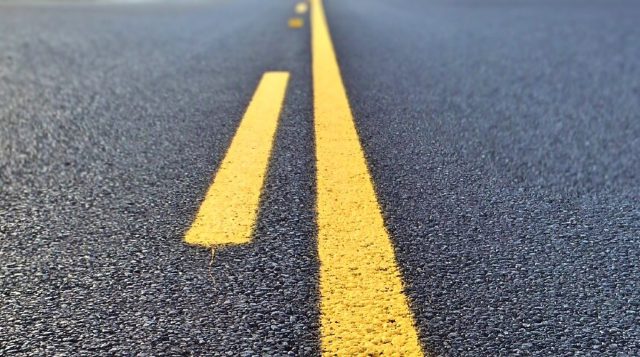The city of Lexington is trying out a new form of asphalt on Southland Drive. What is this new road? What are the benefits of the new asphalt?
Southland Drive is not only getting new sidewalks, new trees, and new art installations, they are also trying out an environmentally friendly rubberized asphalt.
 Rubberized asphalt consists of regular asphalt that is mixed with crumb rubber from recycled tires. Asphalt rubber is the largest single market for ground rubber in the US, which consumes almost 12 million tires annually.
Rubberized asphalt consists of regular asphalt that is mixed with crumb rubber from recycled tires. Asphalt rubber is the largest single market for ground rubber in the US, which consumes almost 12 million tires annually.
Lexington received a grant worth $98,850 from the Kentucky Energy and Environment Cabinet for a rubberized asphalt test program. The money comes from the $2 recycle fee per tire citizens pay when new tires are bought.
“Getting rid of used tires is a huge problem globally and if recycling used rubber into asphalt works as advertised it will be a win for the environment and everyone,” says Rob Allen, Streets and Roads Director.
This new form of asphalt is supposed to be more durable and quieter to drive on. A portion of Southland Drive will be repaved right after the sidewalk project is done. The rubberized asphalt will be paved on the portion of Southland Drive beginning at Nicholasville Road and go to the railroad overpass. The rest of the road to Rosemont Garden will be paved using conventional asphalt.
“Our roadway maintenance software picked Southland Drive for resurfacing this year based on its overall condition score,” Allen says. “The road was a good candidate because we want to compare the two types of asphalt and the railroad overpass makes a great divider, plus traffic counts are almost uniform along the entire road.”
The grant does required the city to monitor the roadway for five years and to record how well it fares against regular asphalt. There have been studies done in other states that show rubberized asphalt lasts longer than convention asphalt.
—
Call today to advertise in Summit Guide, 859.268.0945







